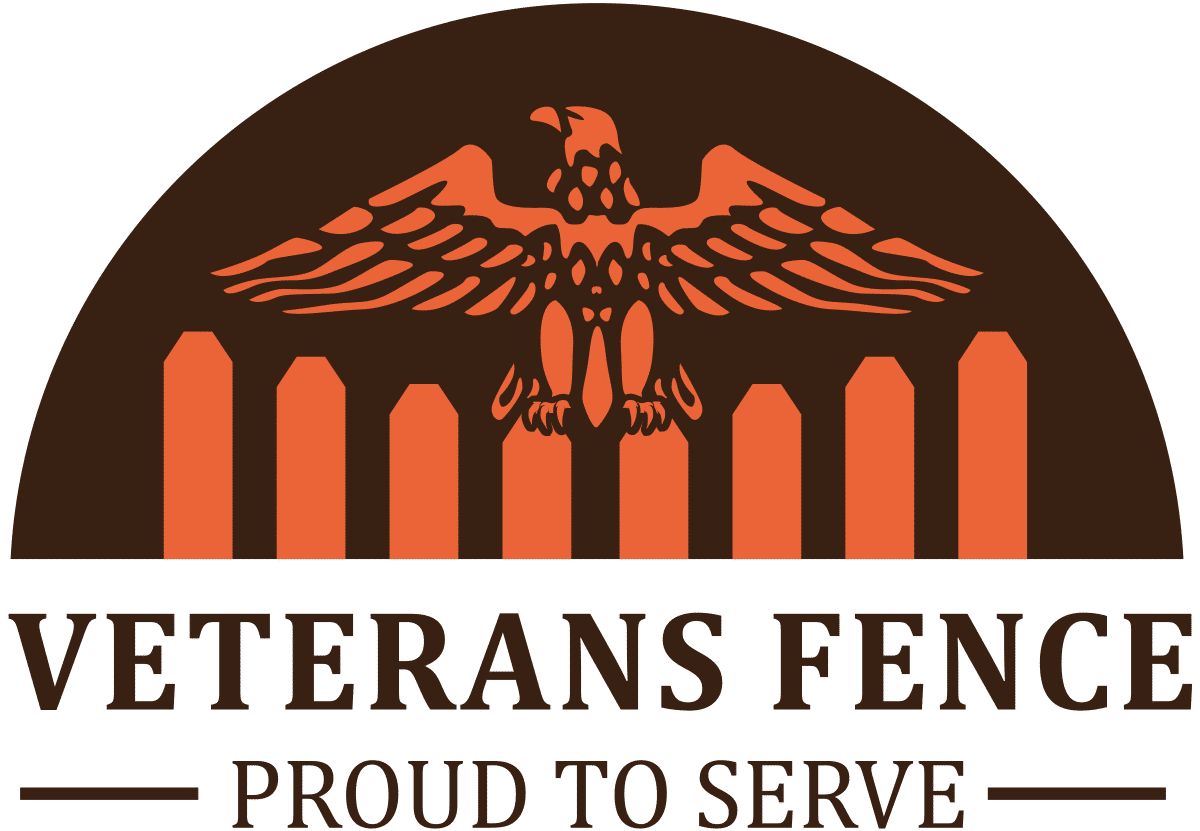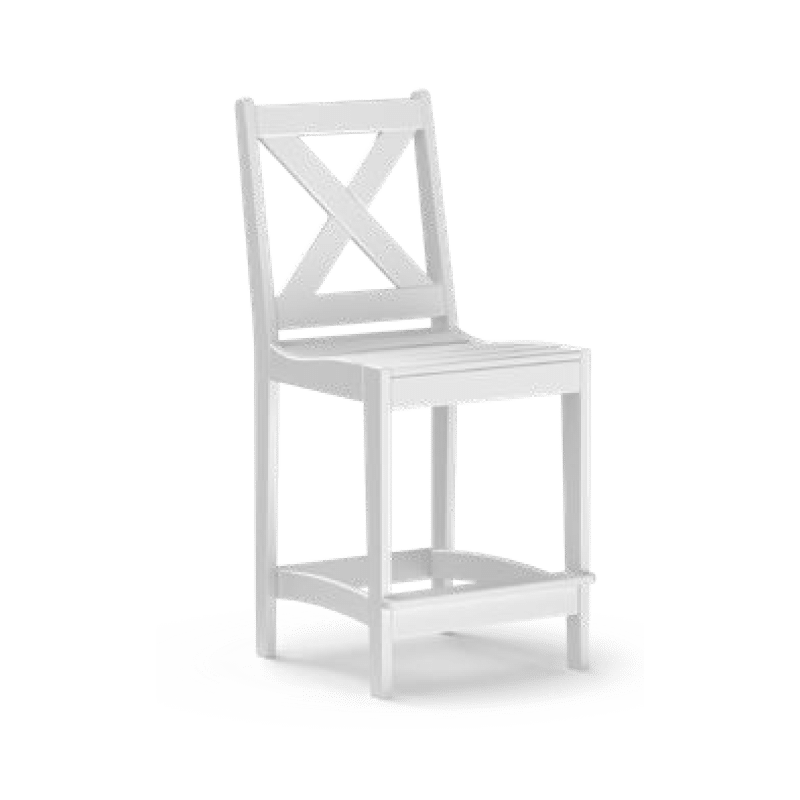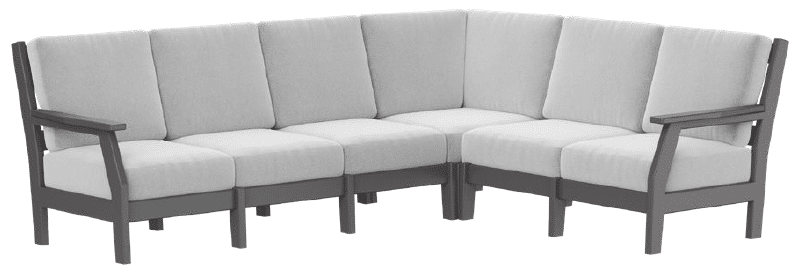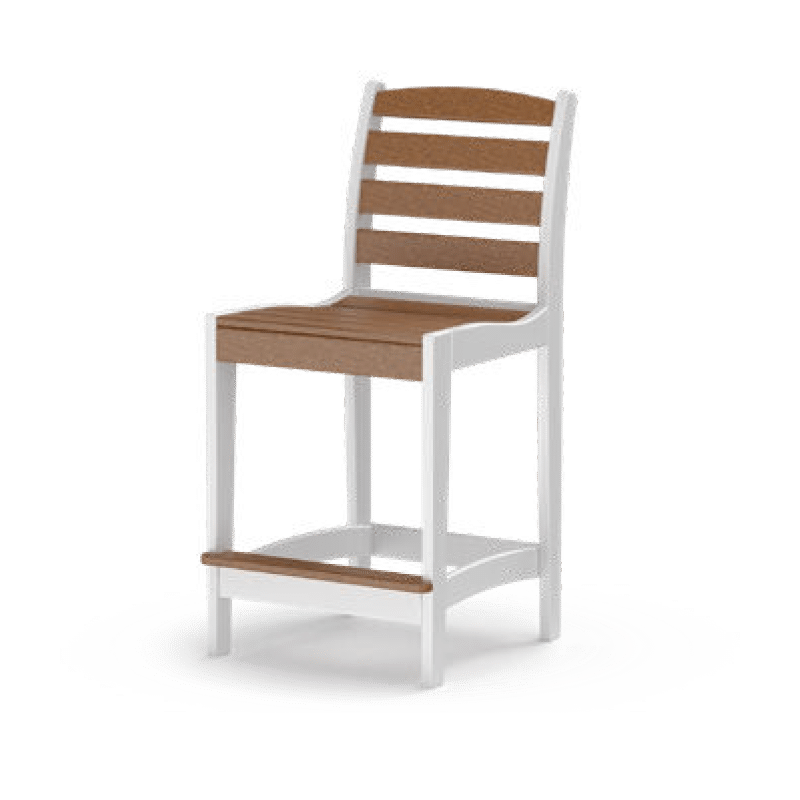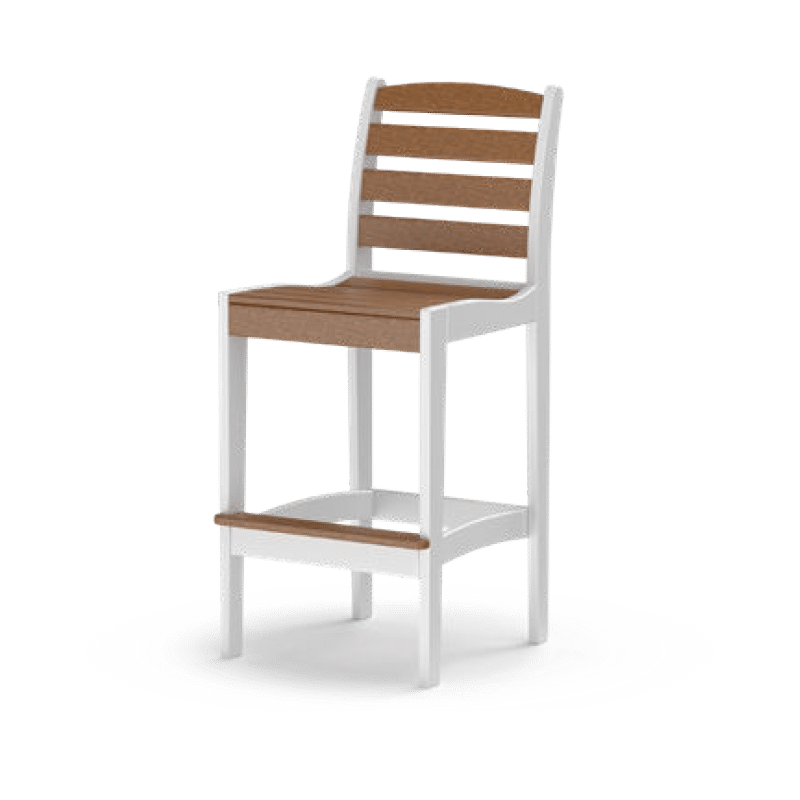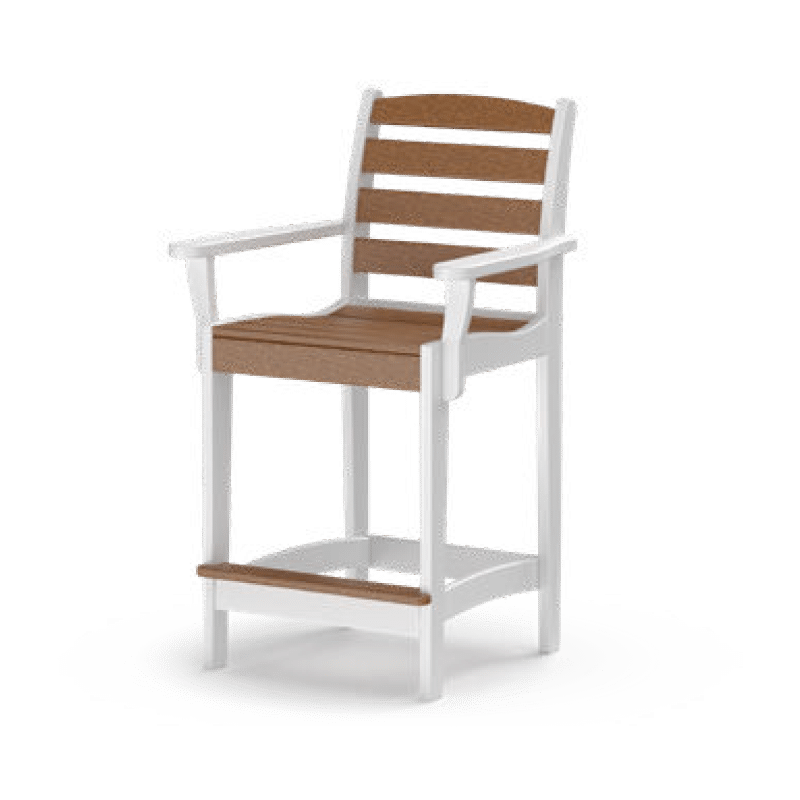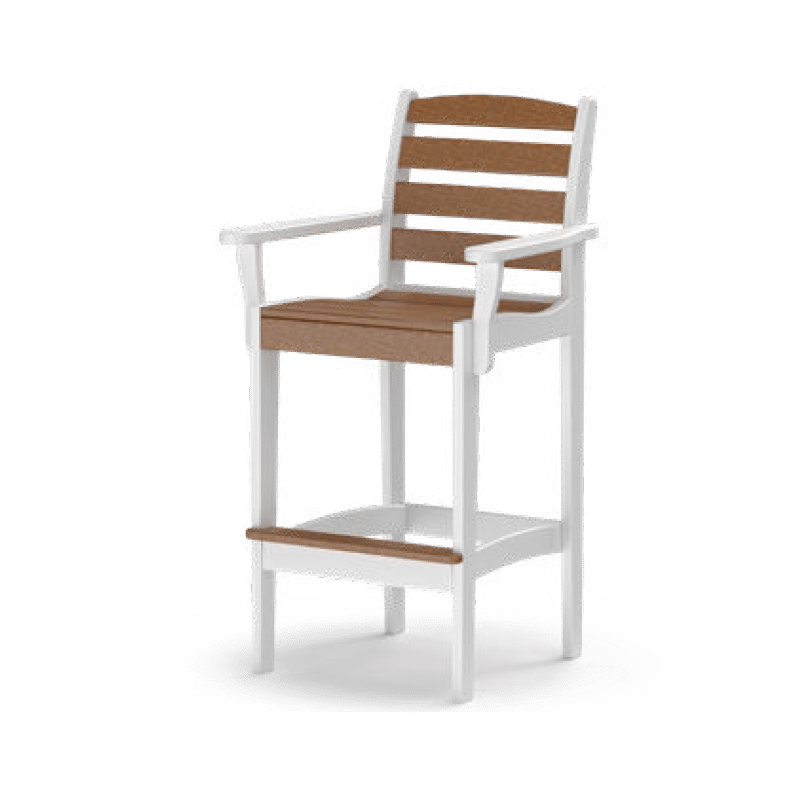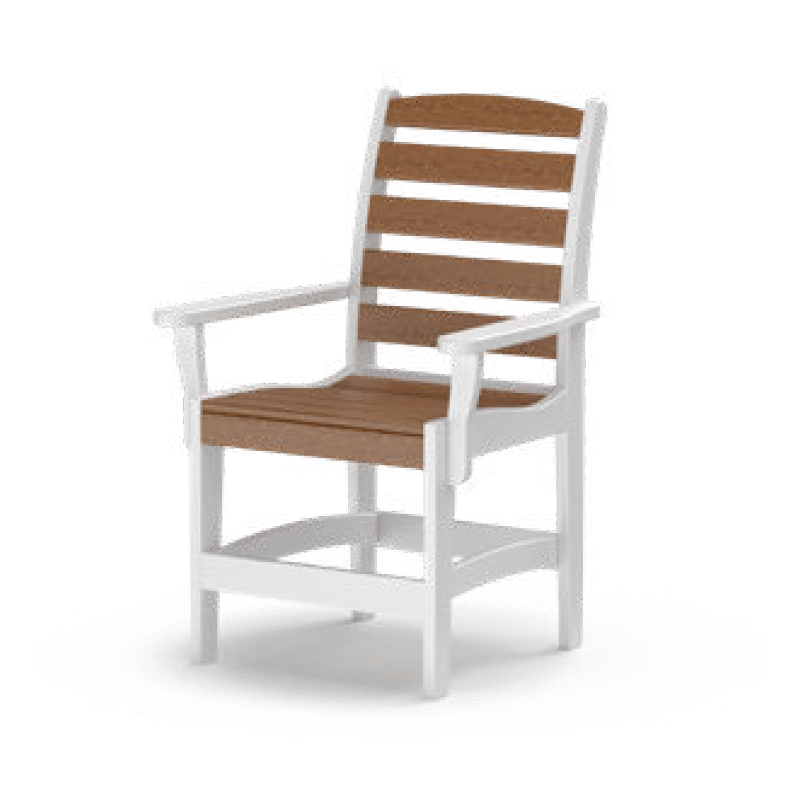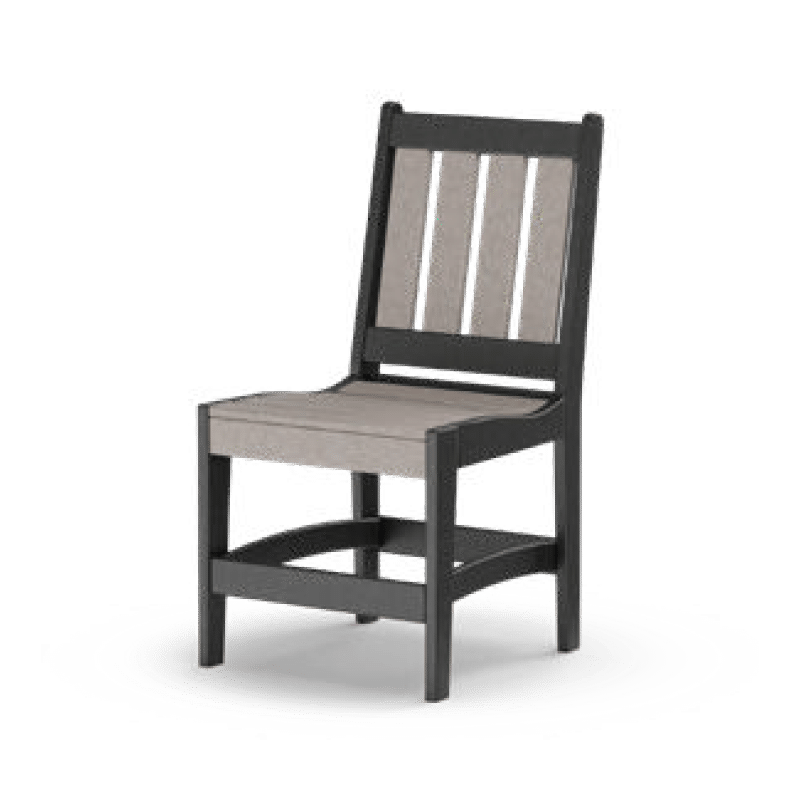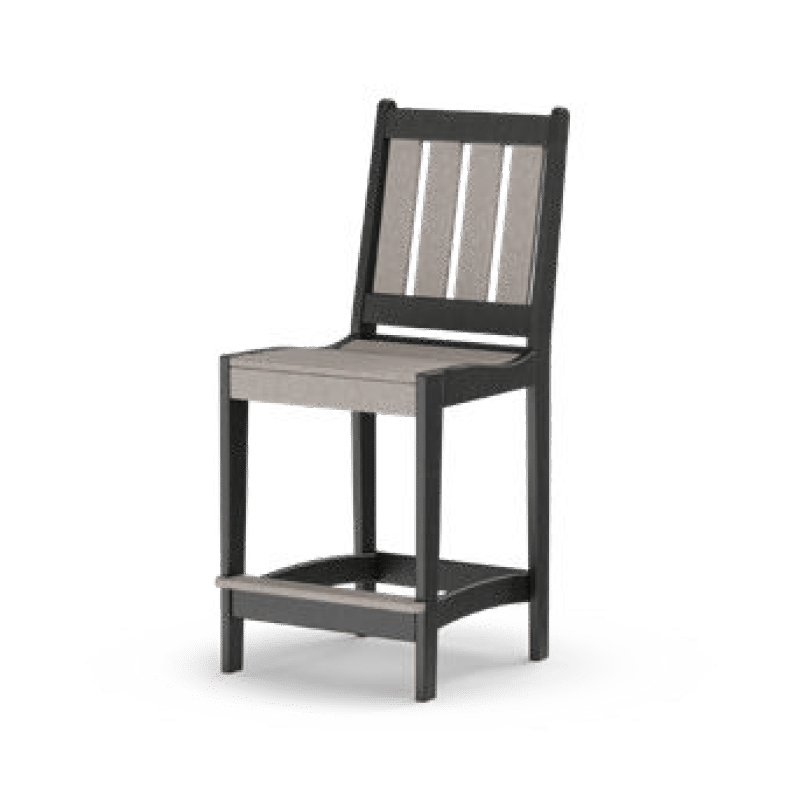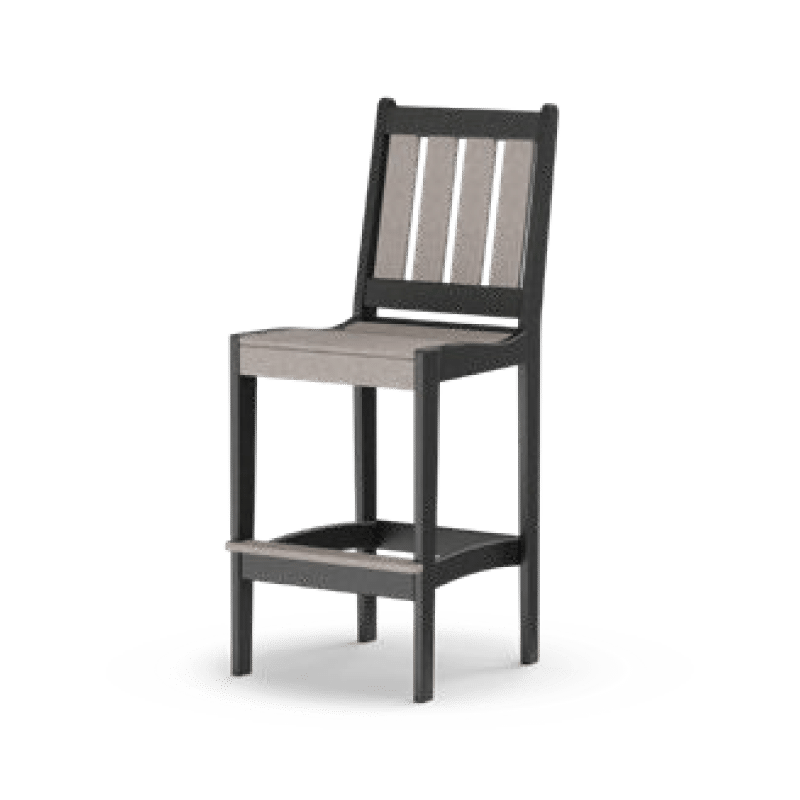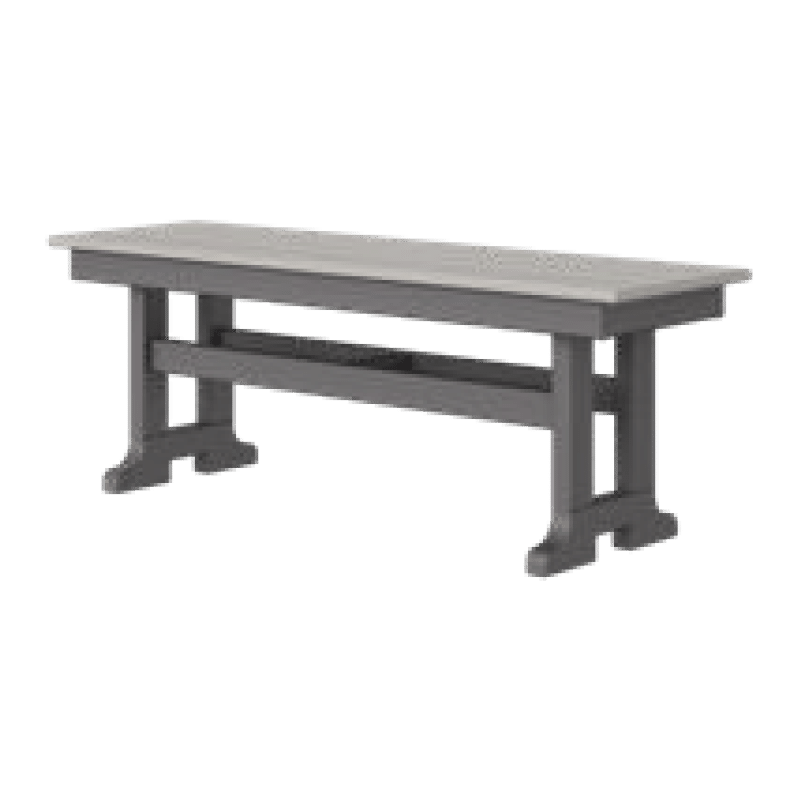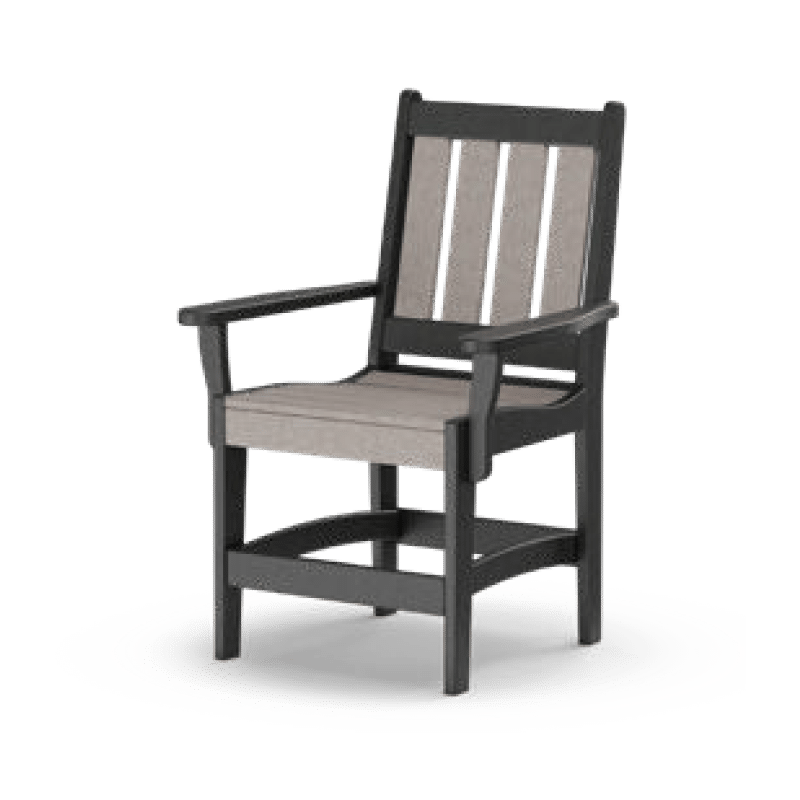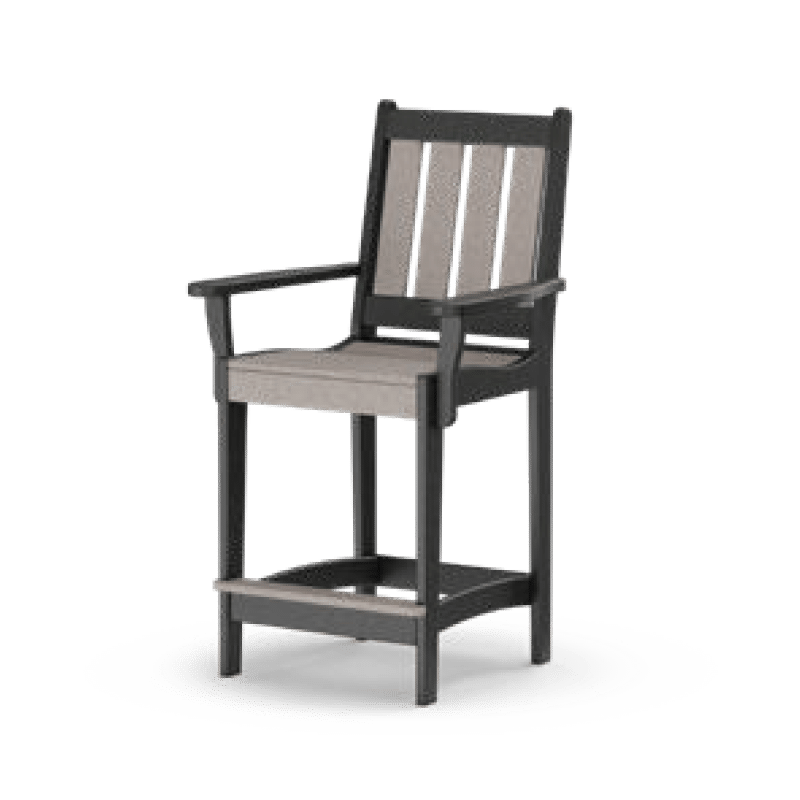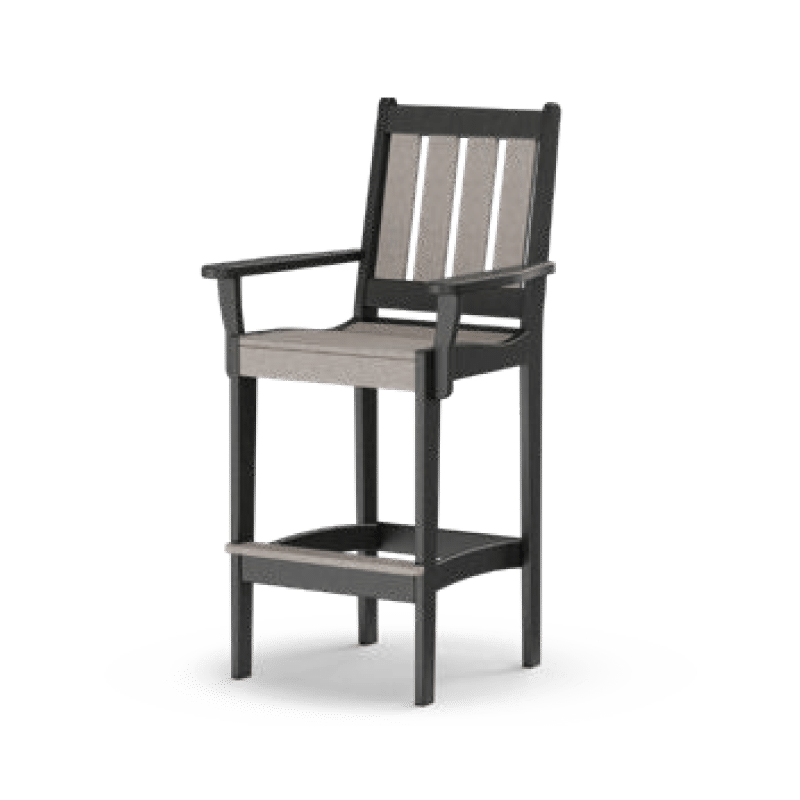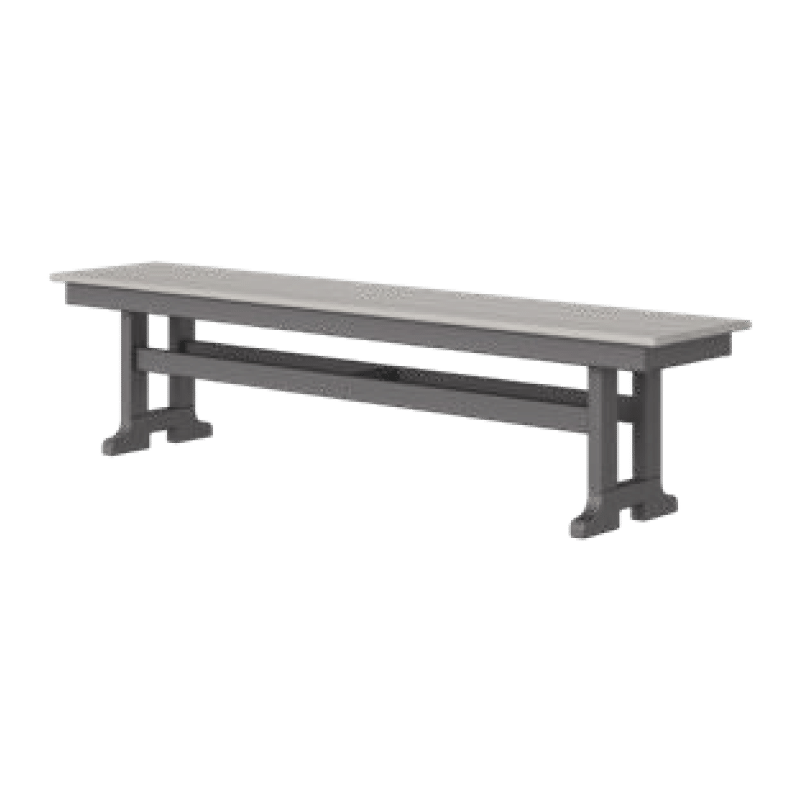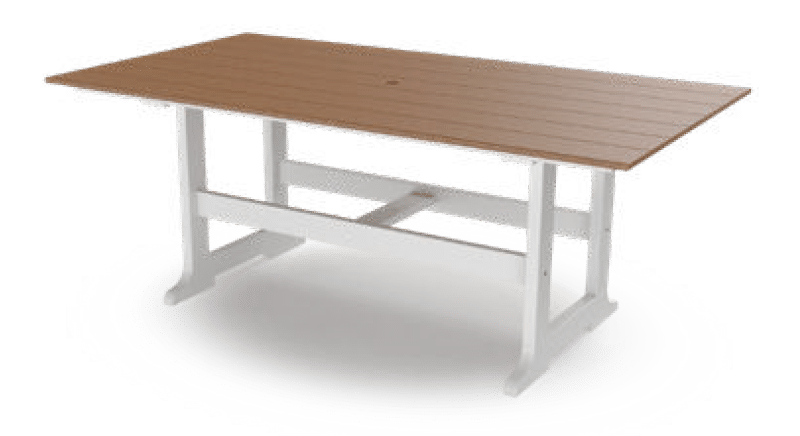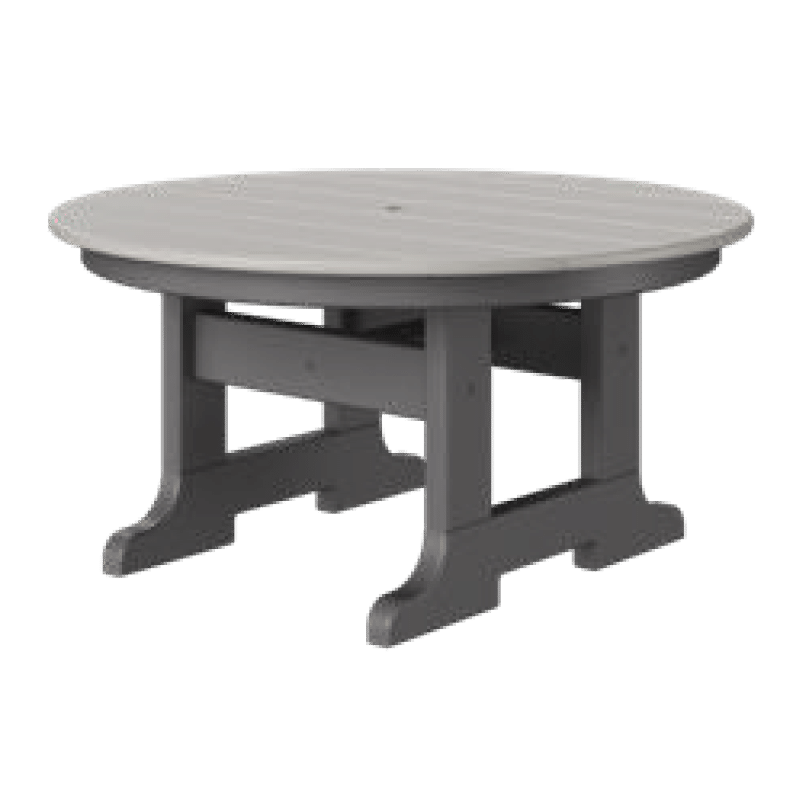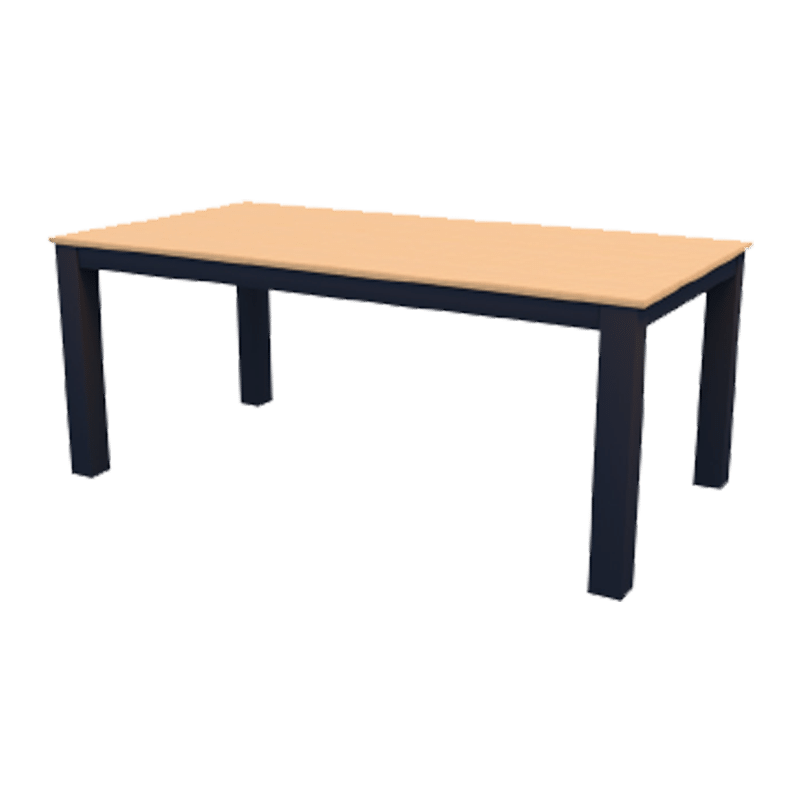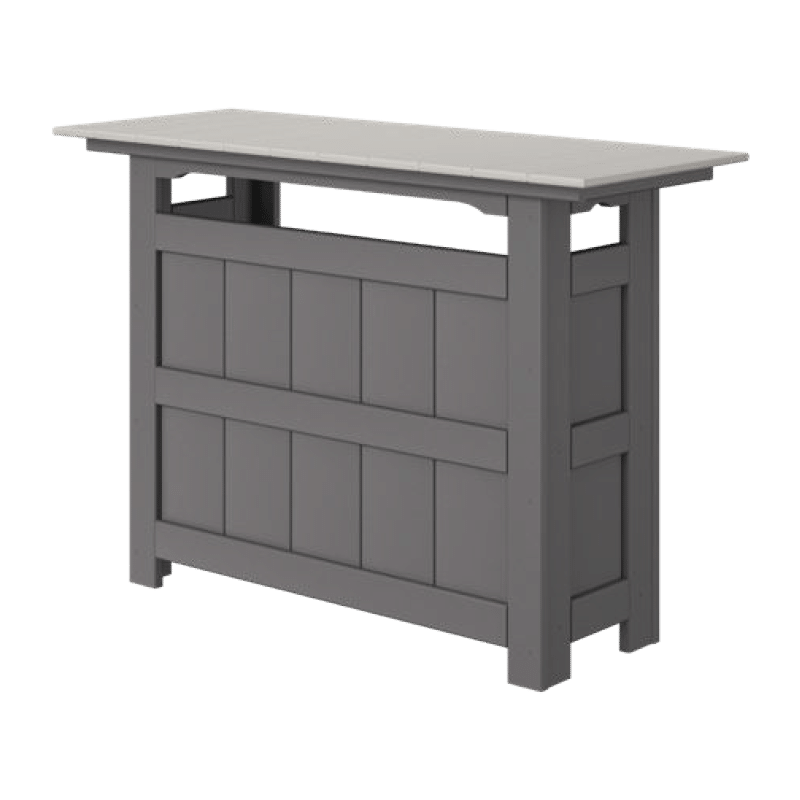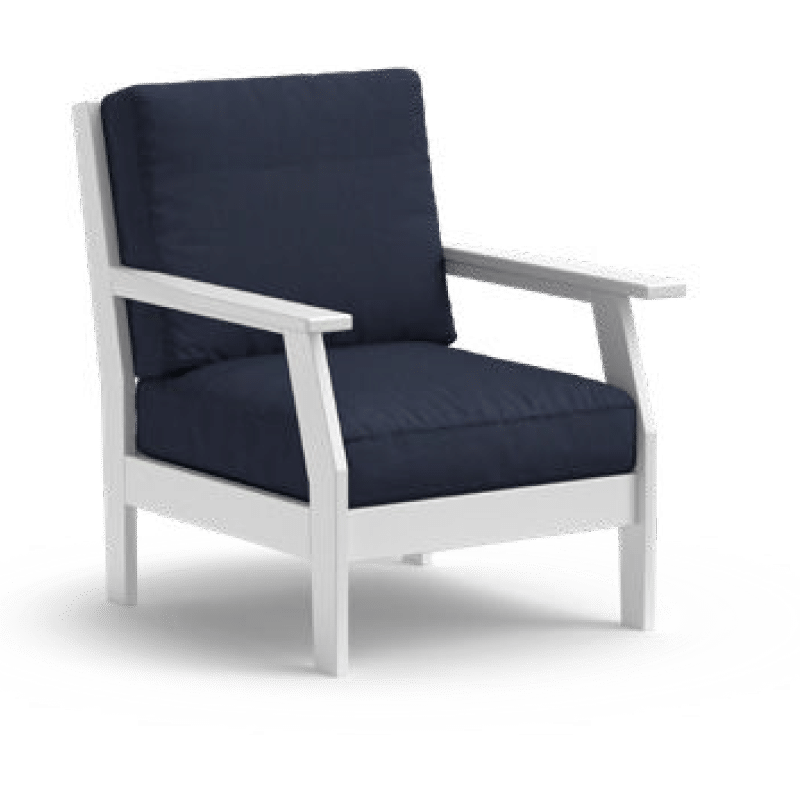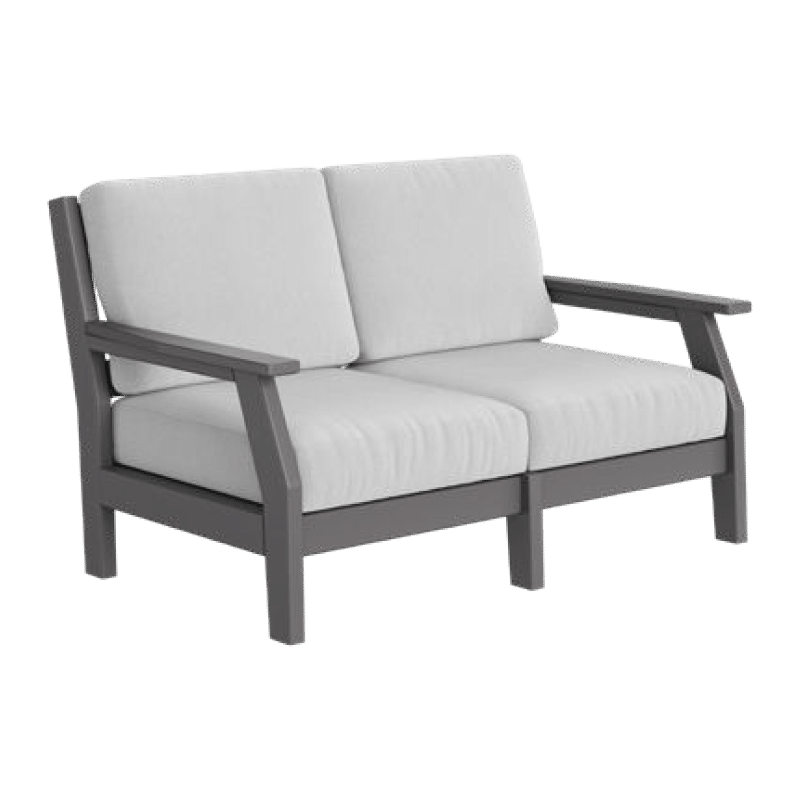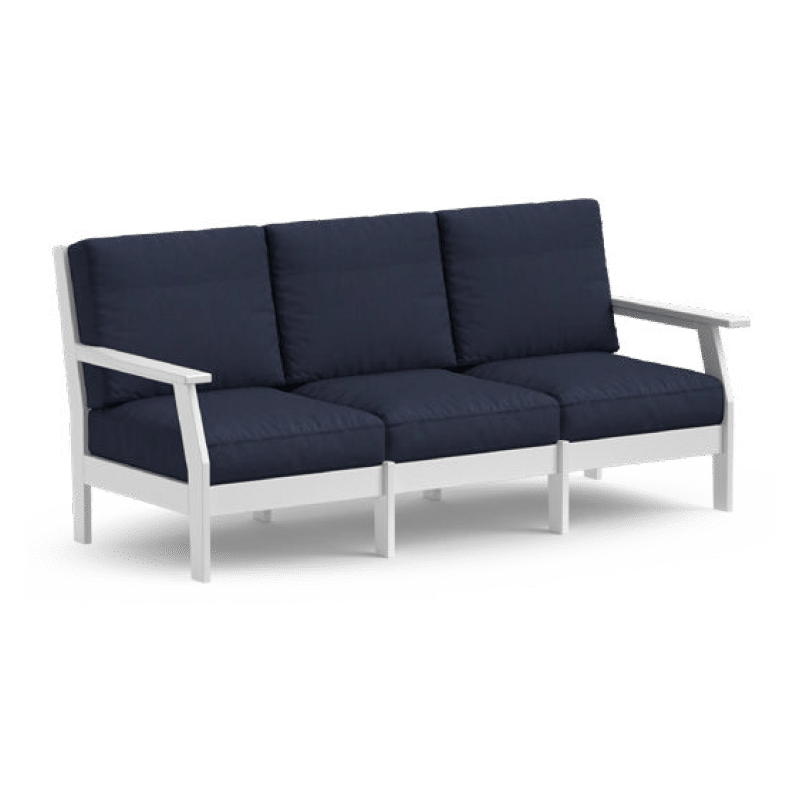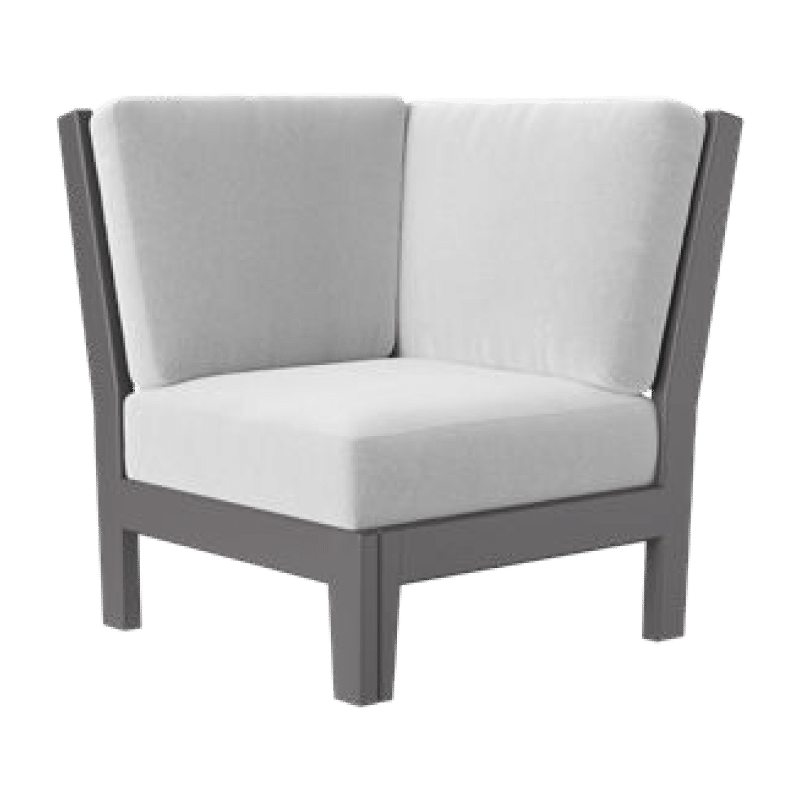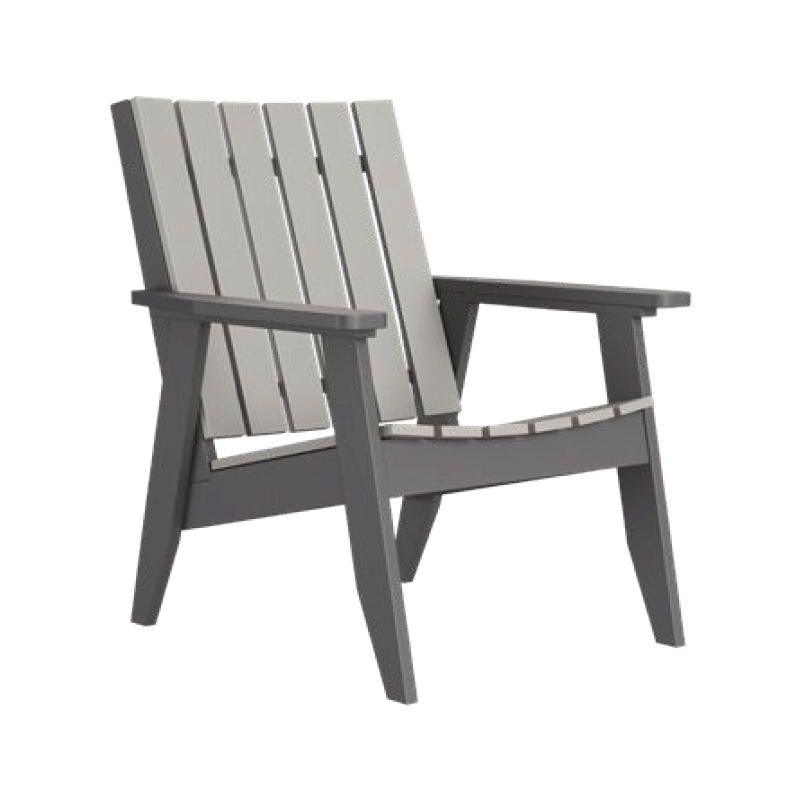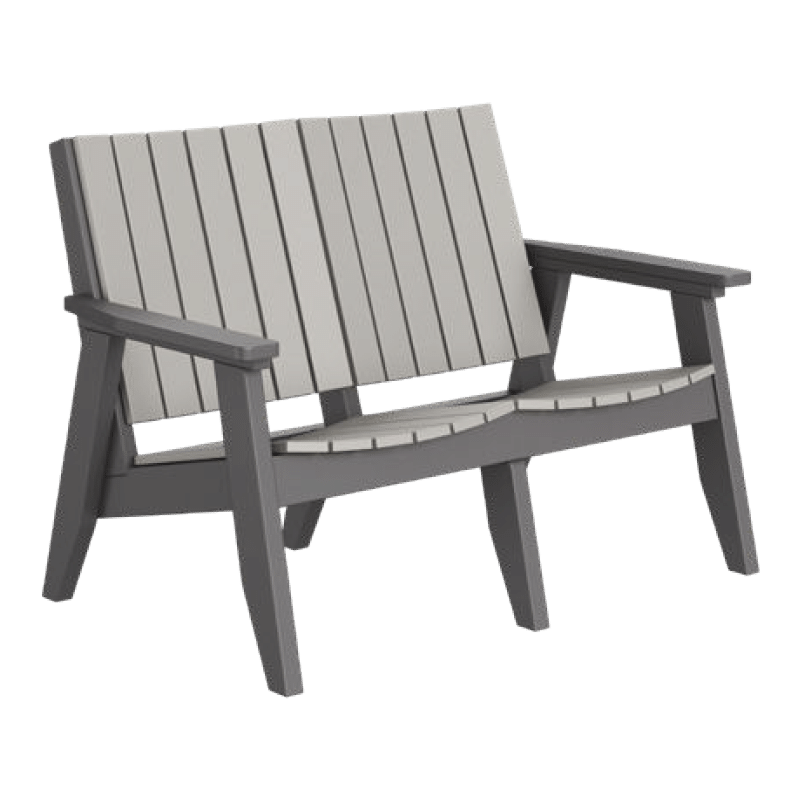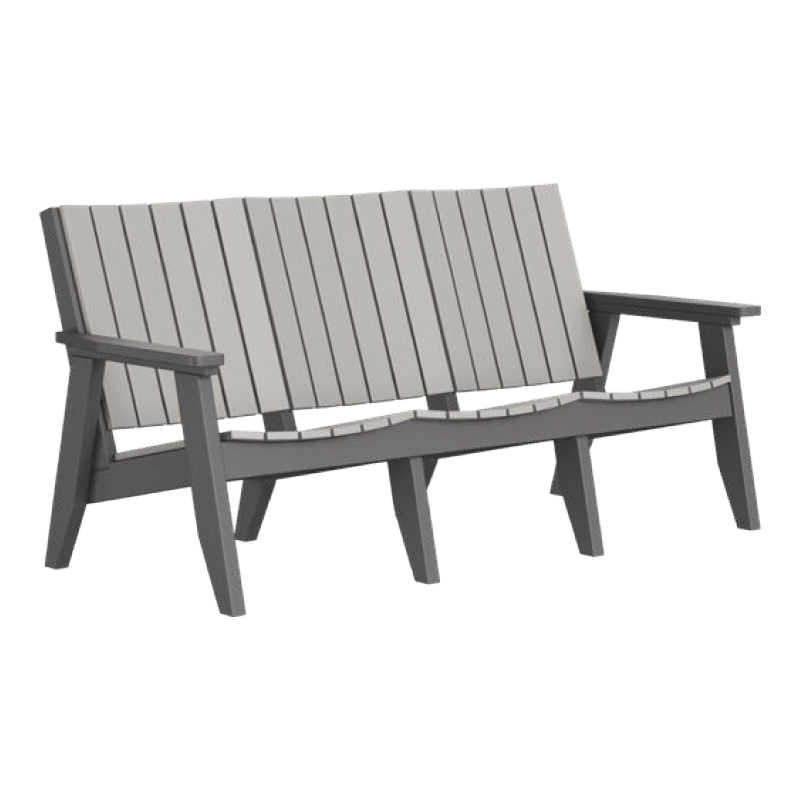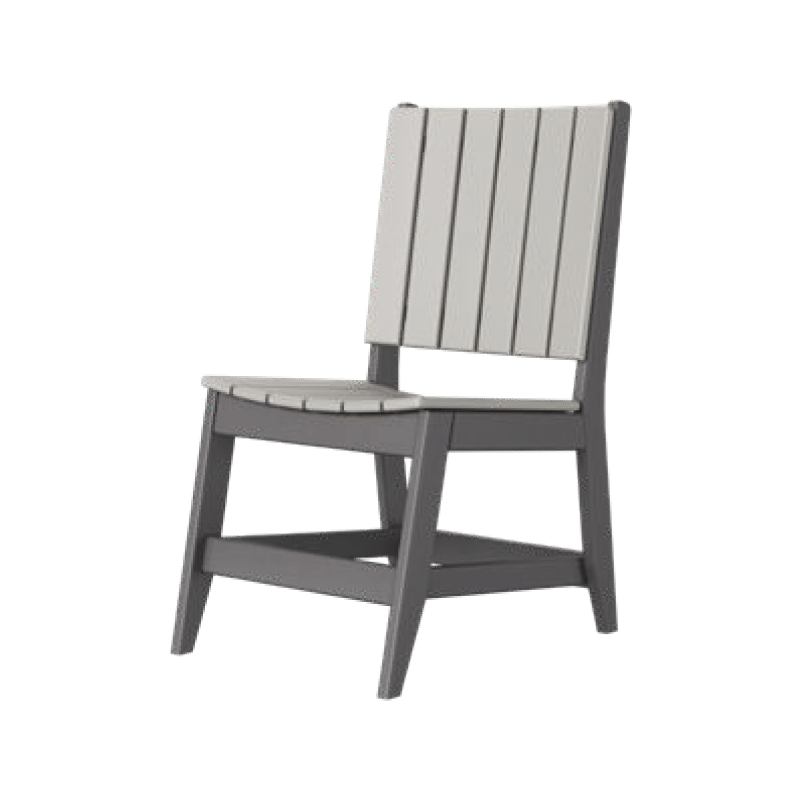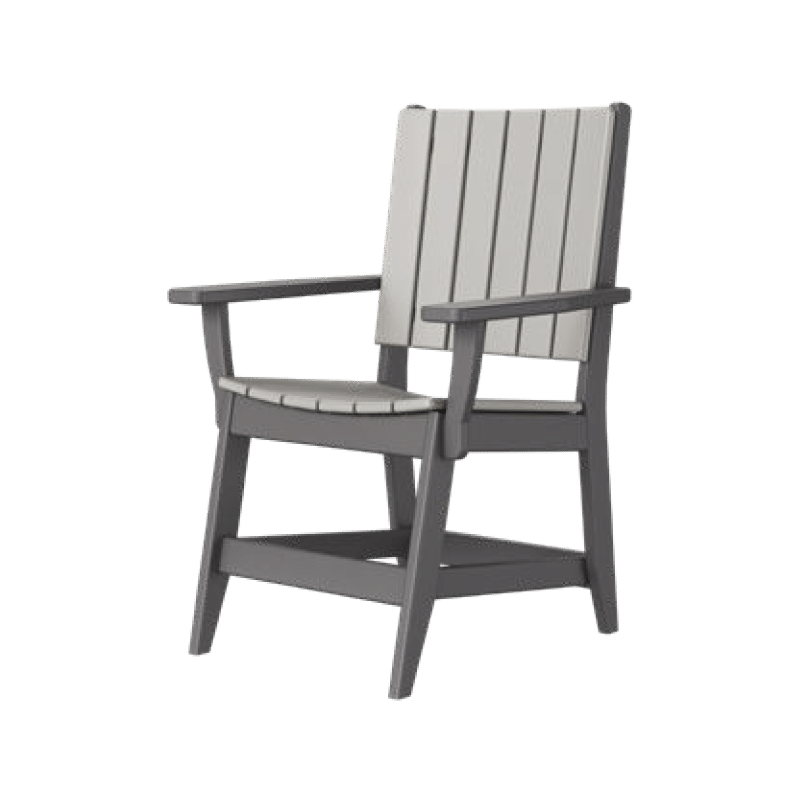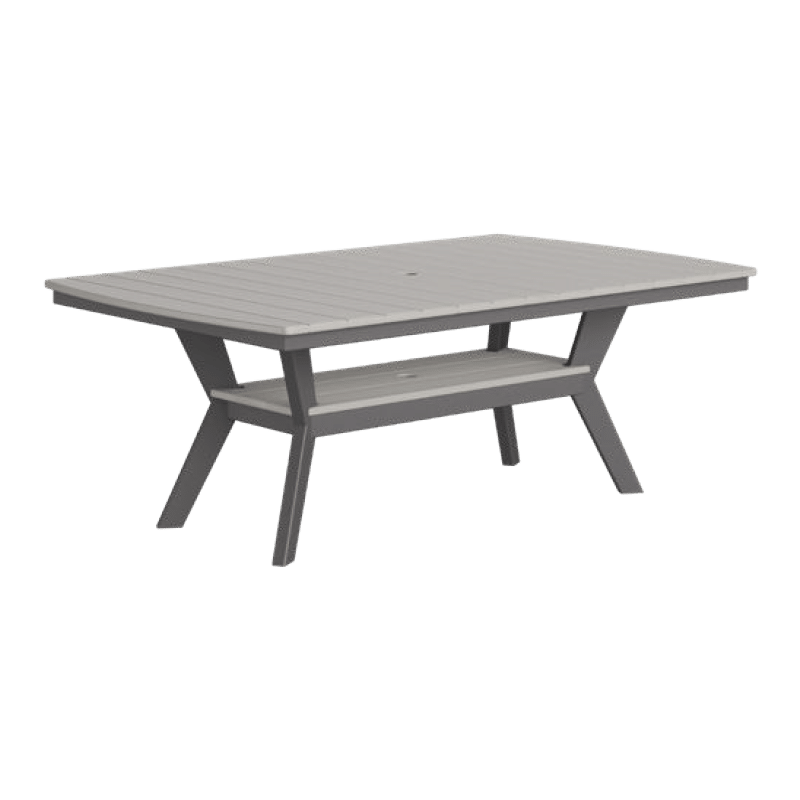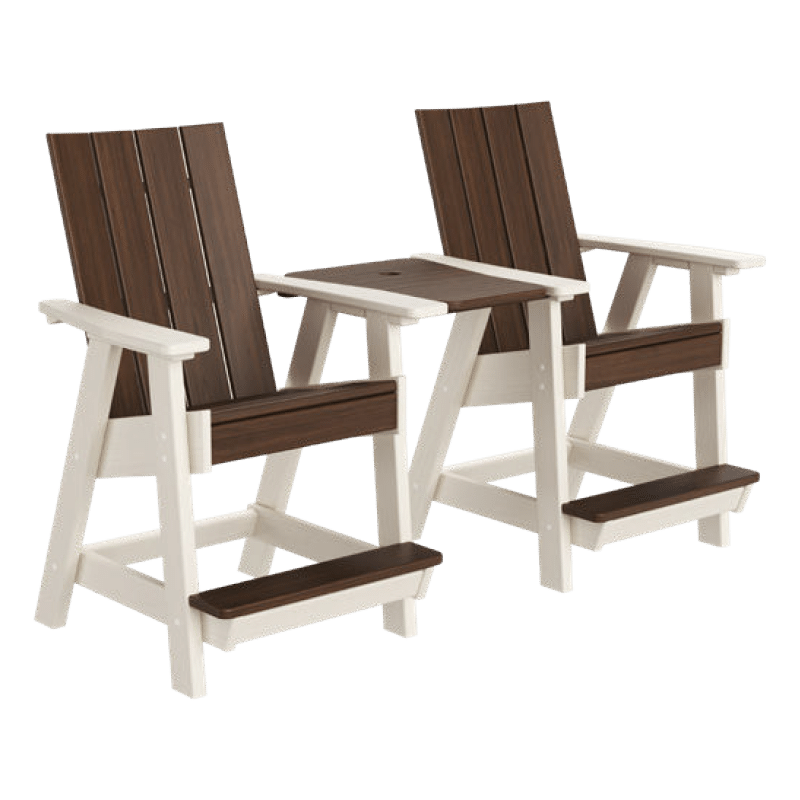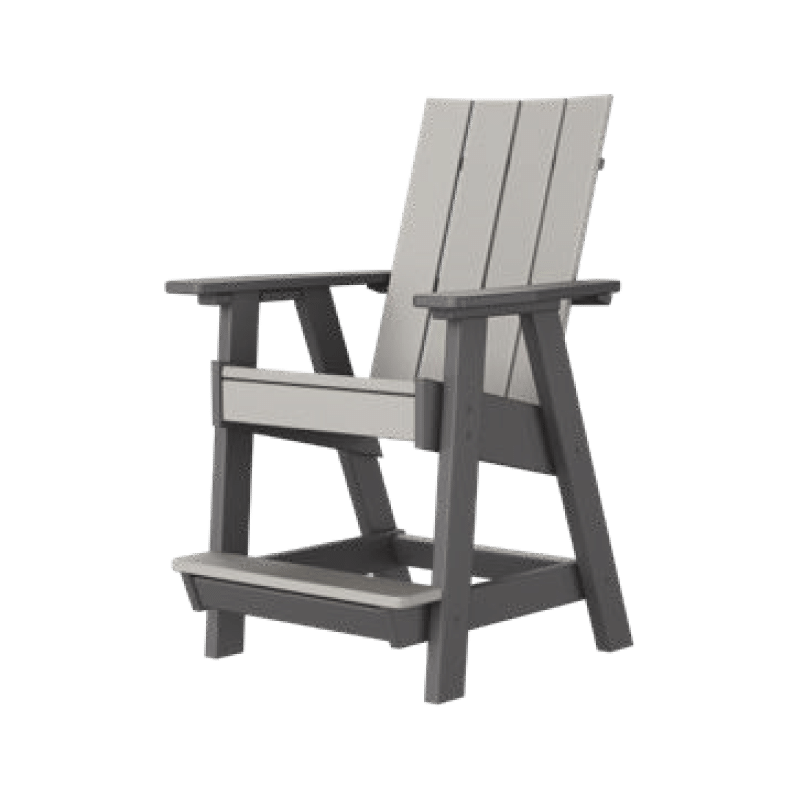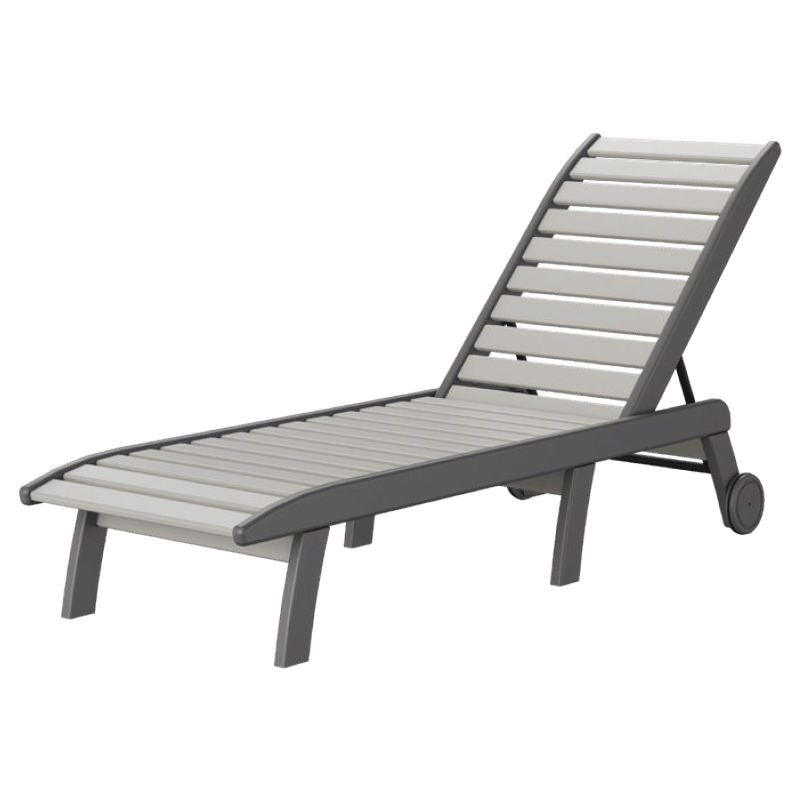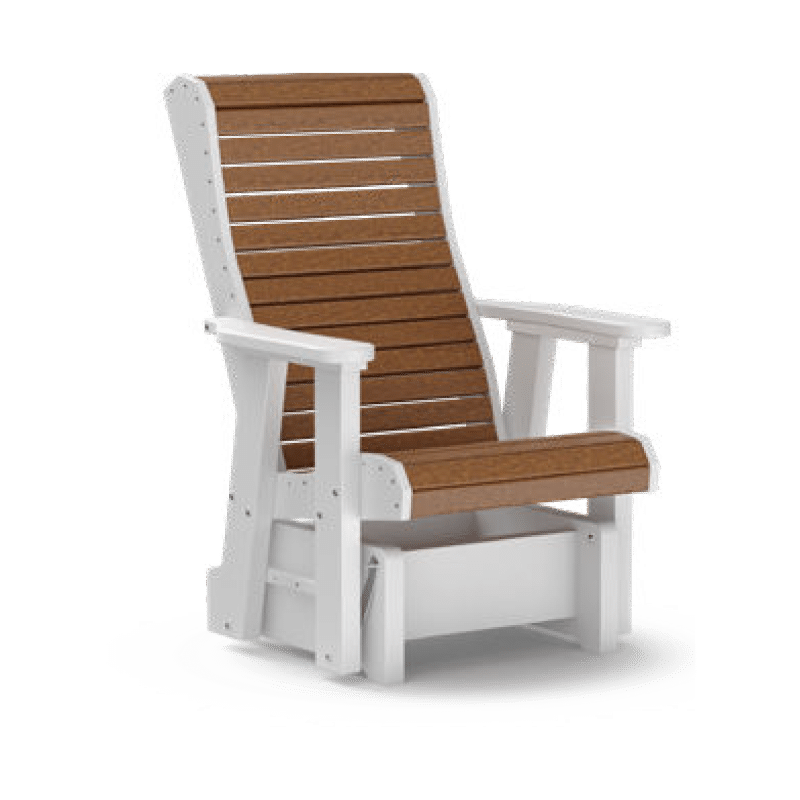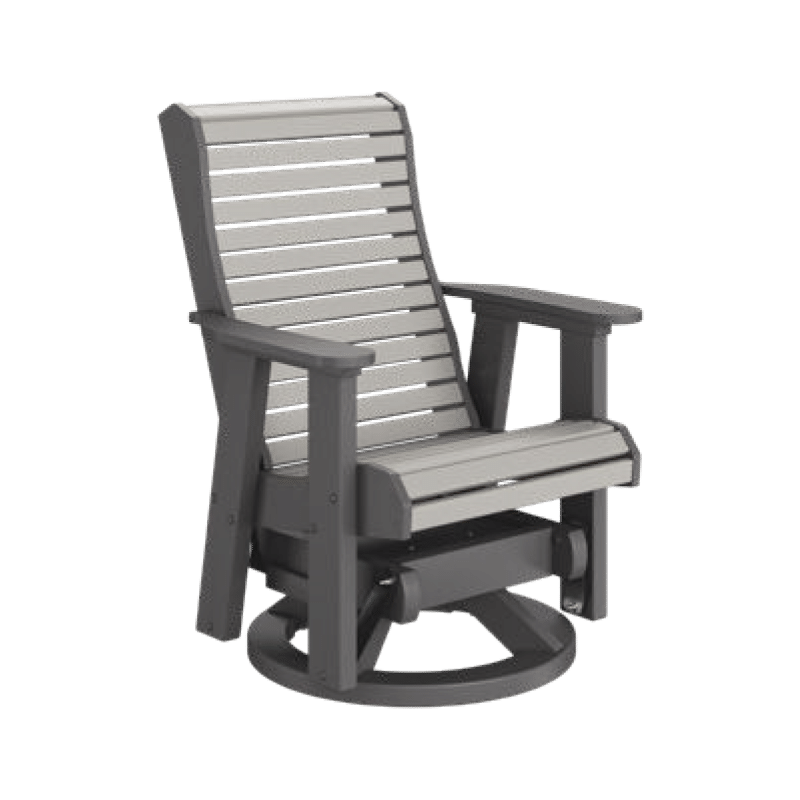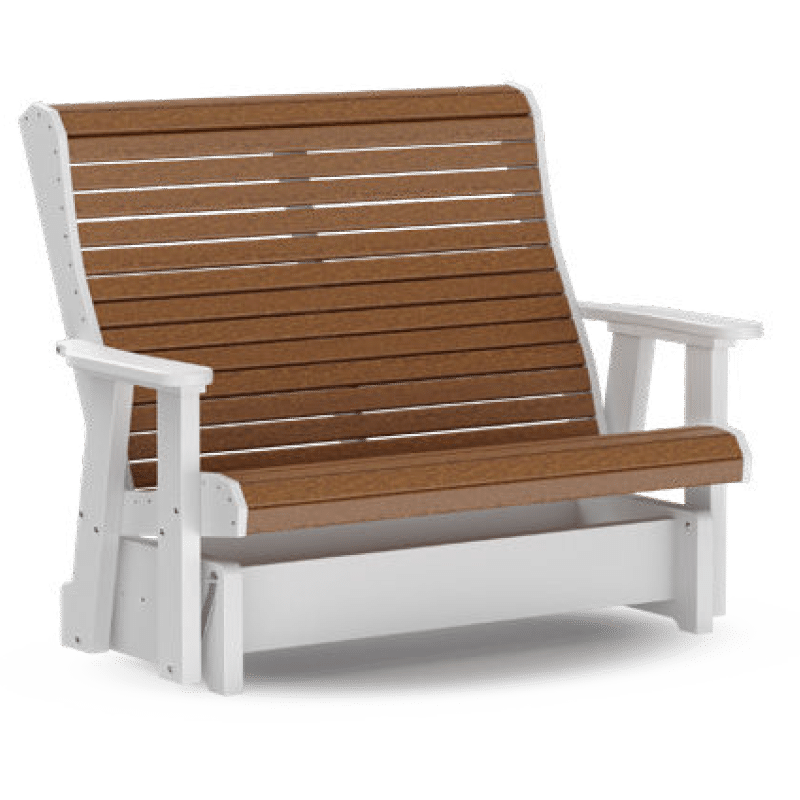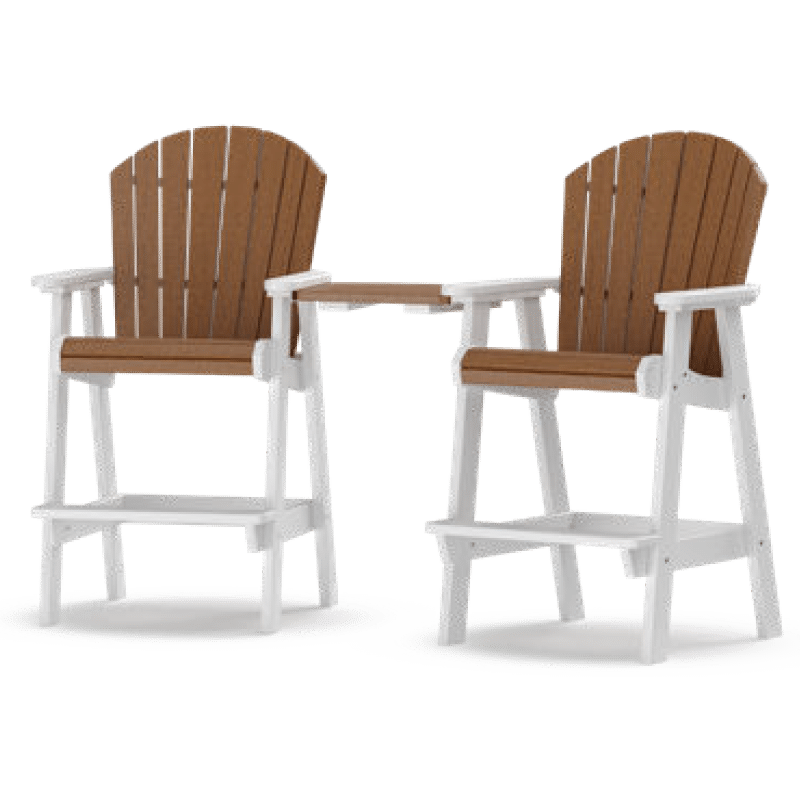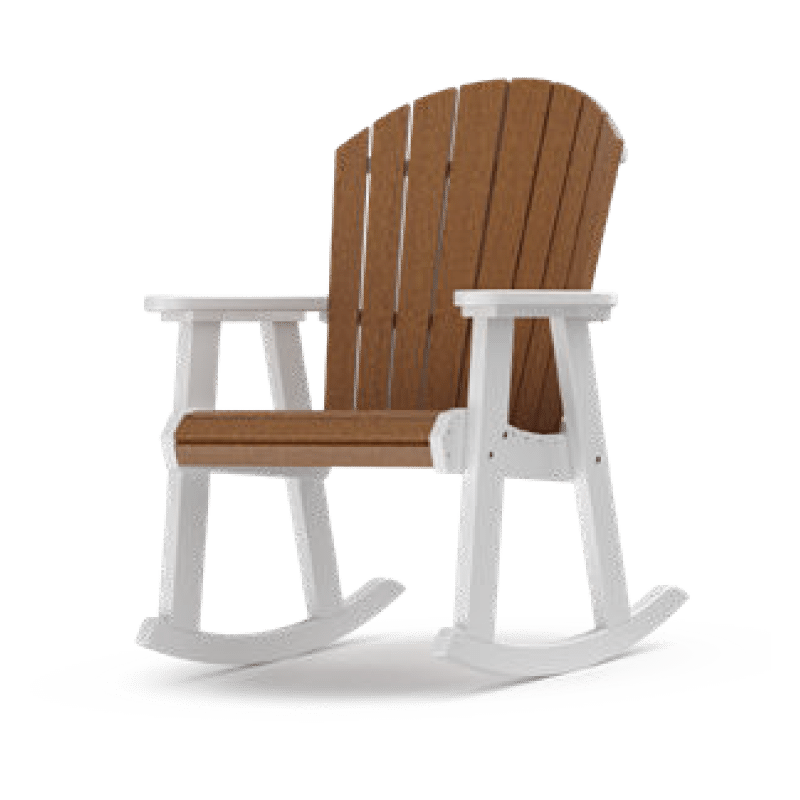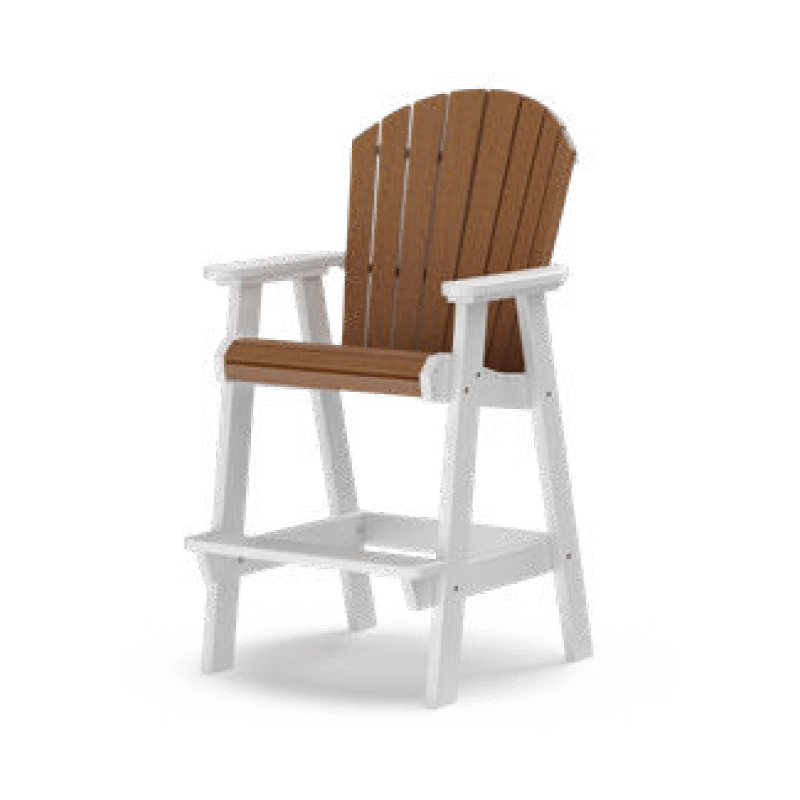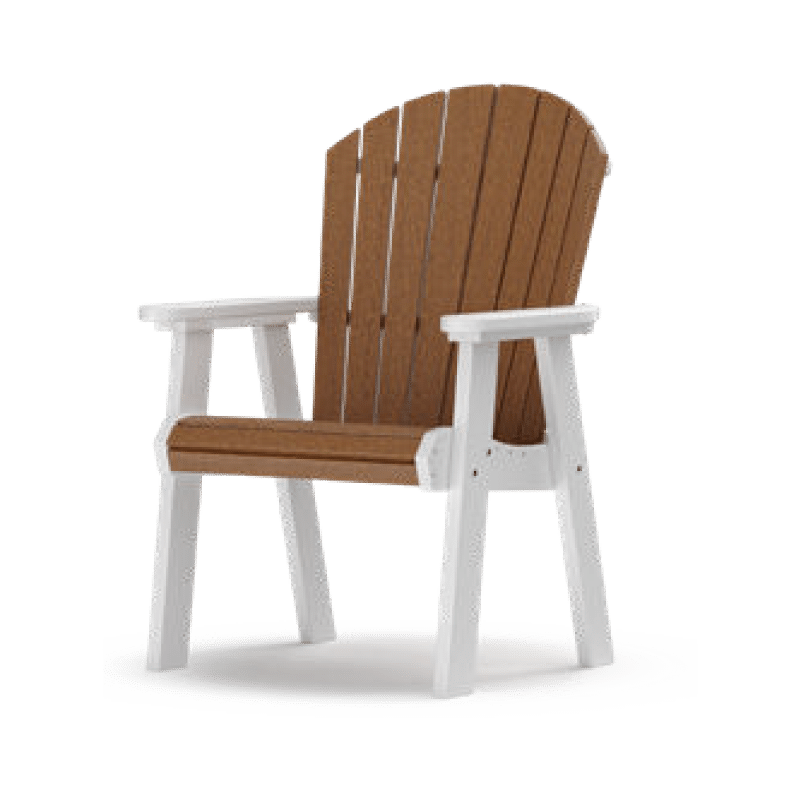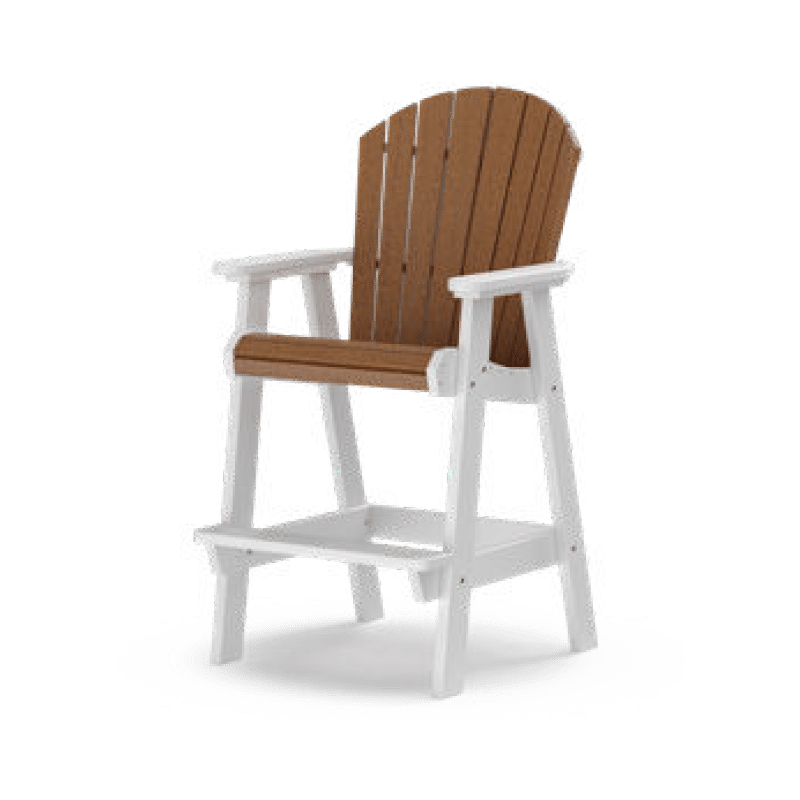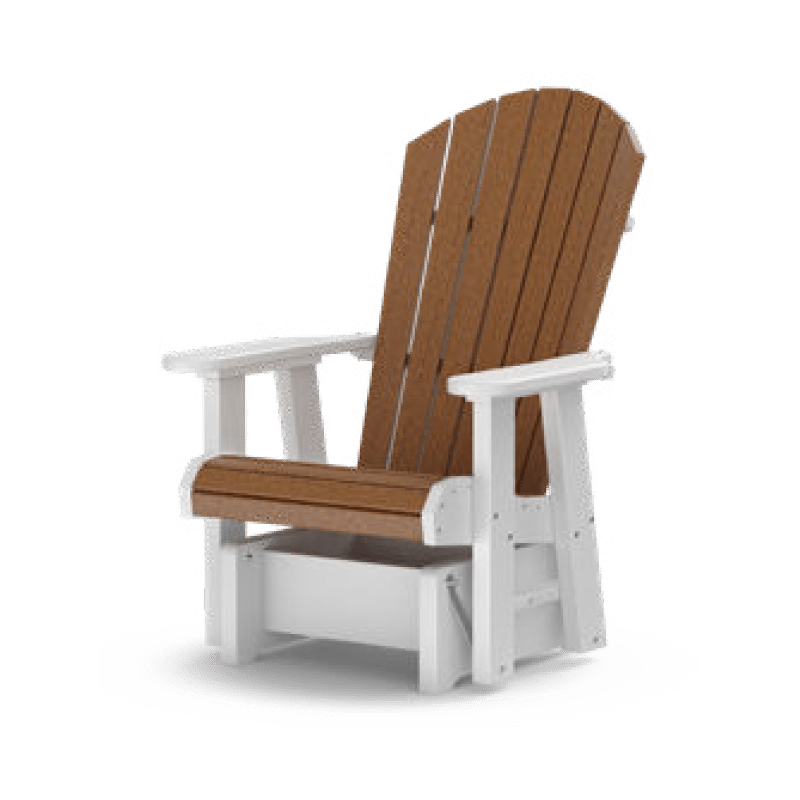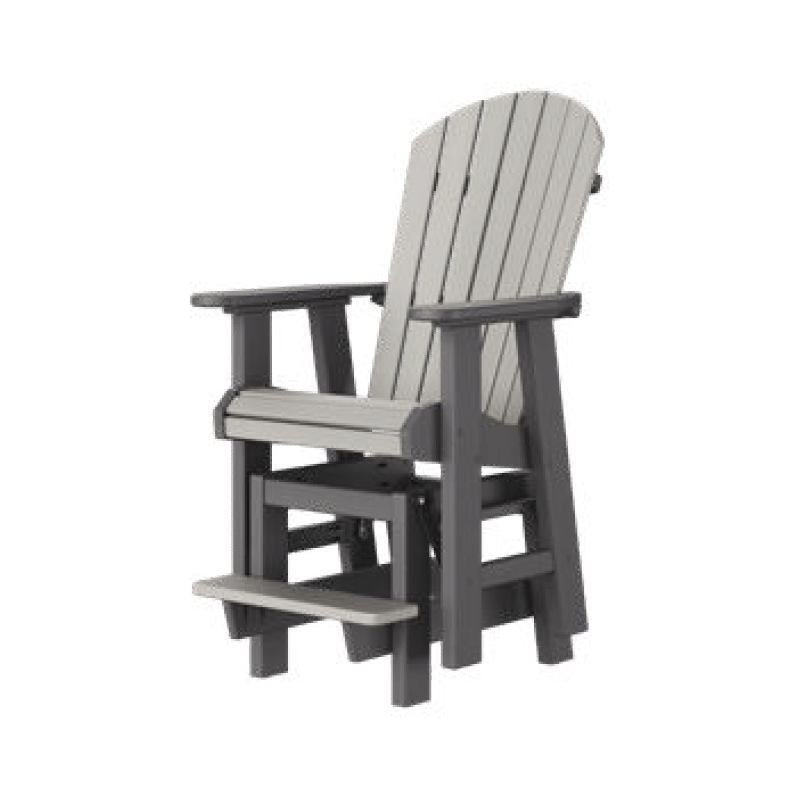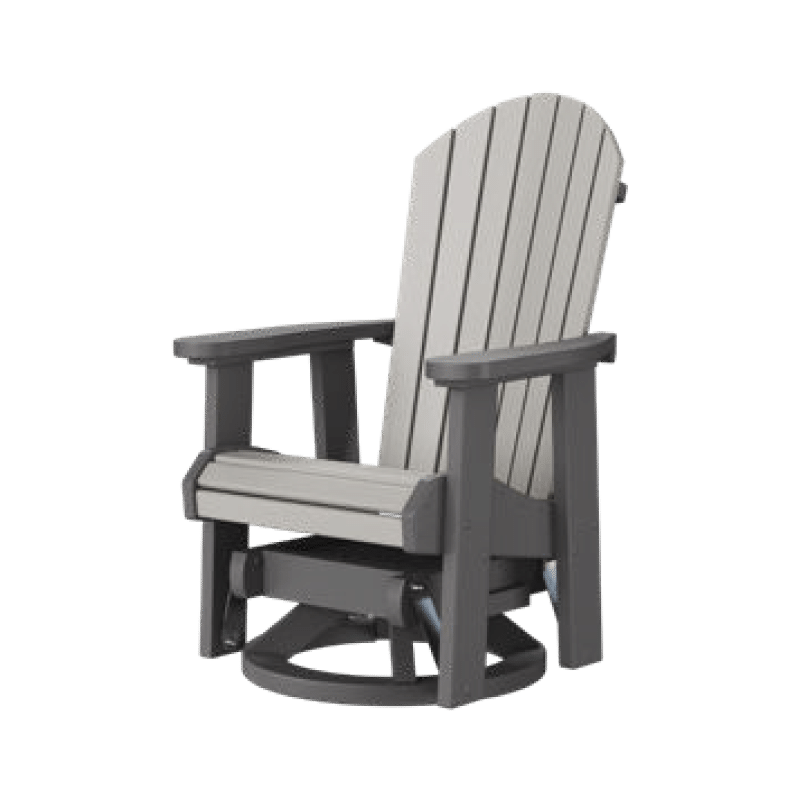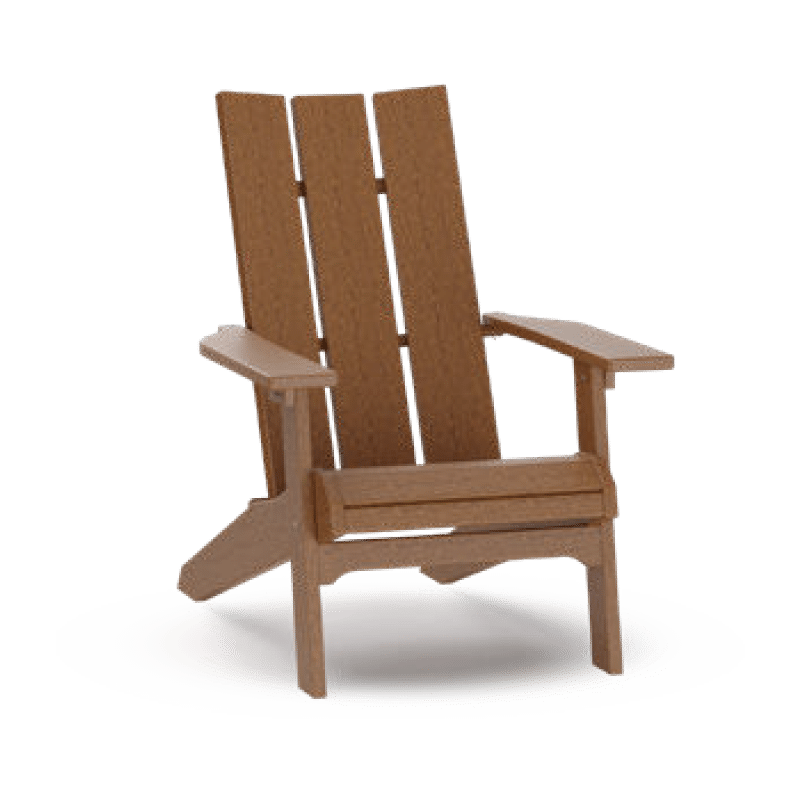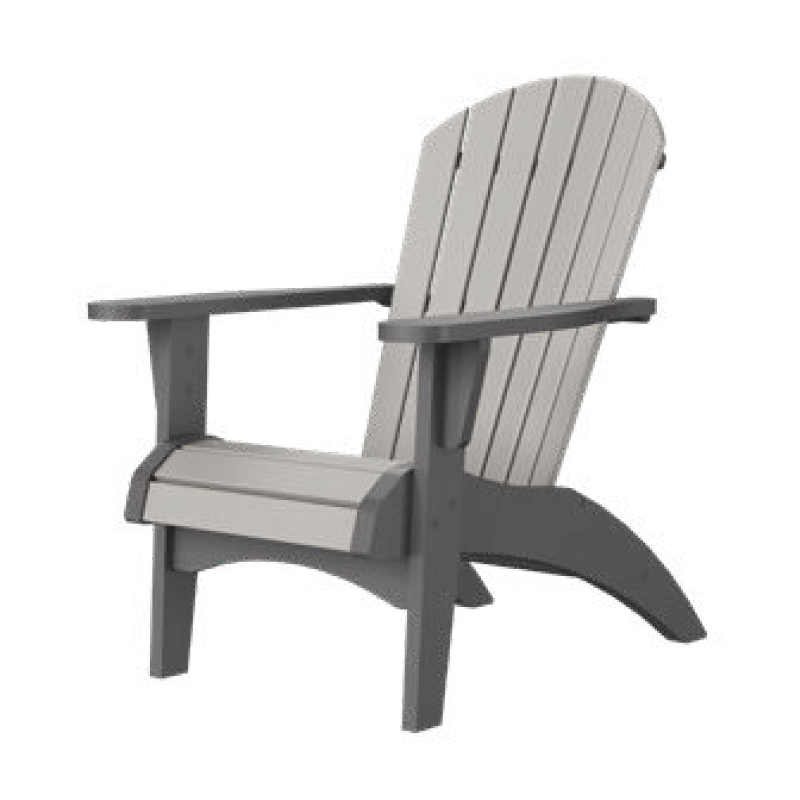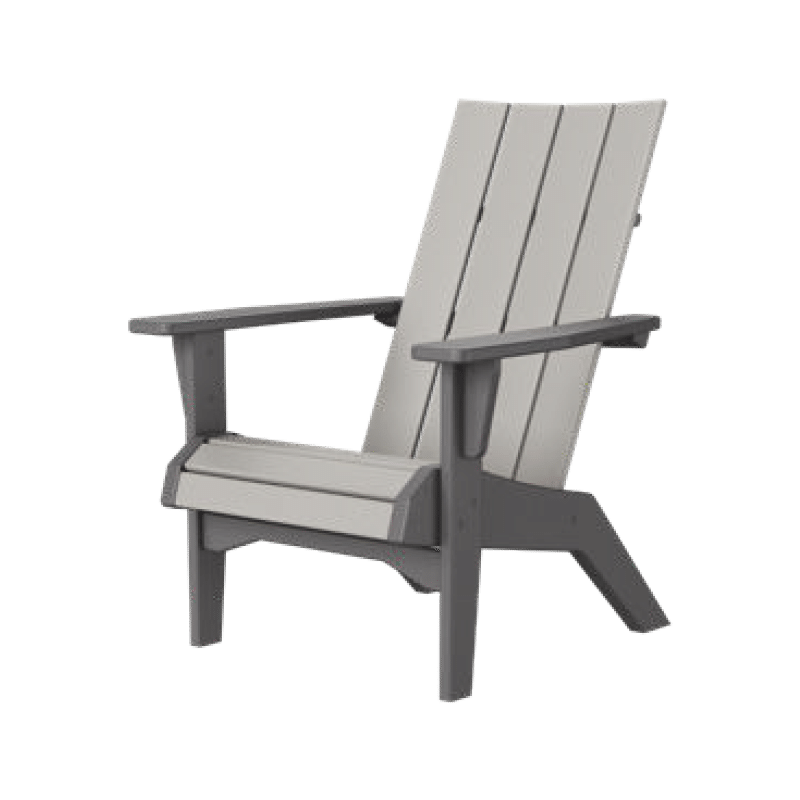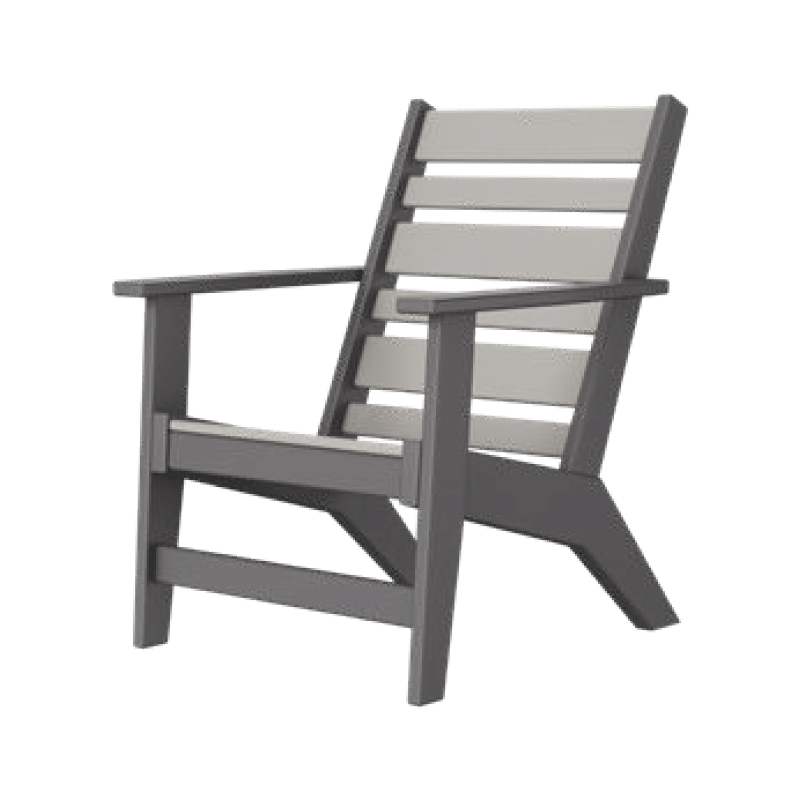Importance of Fencing for Pet Safety
When it comes to the well-being of your pets, having a secure and reliable fence is one of the most critical aspects of keeping them safe. Whether you have a playful dog, a curious cat, or even smaller animals like rabbits, a well-constructed fence serves as a physical barrier that prevents them from wandering off, getting lost, or encountering dangers like traffic or other animals. Fences not only keep your pets within the boundaries of your property but also protect them from external threats, ensuring they can enjoy the outdoors in a safe, controlled environment.
Choosing the Right Fence for Your Pet
Consider Your Pet’s Breed and Size
Selecting the perfect pet fence for you begins with understanding their breed and size. Different pets have different physical abilities and behavioral traits that influence the type of fencing they need. For example, larger dog breeds such as German Shepherds or Labrador Retrievers may require taller pet fences, as they have the strength and agility to jump over lower barriers. On the other hand, small breeds like Chihuahuas or cats might be more adept at squeezing through narrow gaps, making it essential to choose a fence with closer spacing between pickets or panels.
It’s also important to consider the energy levels and temperament of your pet. High-energy dogs might need a more robust and secure fence to contain their playful or exploratory nature. While less intensive fencing options may adequately contain more docile pets
Pet Fence Material Options
The material of your fence plays a crucial role in both its durability and effectiveness in keeping your pet safe.
Wood Fences
Pros: Wood fences are popular for their natural look, privacy, and eco-friendliness. They are typically tall and difficult for most pets to climb, making them a good choice for larger dogs.
Cons: Over time, wood can rot, warp, or develop gaps, potentially creating escape routes. Regular maintenance is required to ensure it remains secure.
Vinyl Fences
Pros: Vinyl fences are durable, low-maintenance, and resistant to weathering. They provide a smooth surface that’s difficult for pets to climb, and they come in a variety of styles and colors.
Cons: Although durable, vinyl can be more expensive upfront than wood. Additionally, it may crack under extreme temperatures, which could create vulnerabilities in the fence.
Metal Fences
Pros: Metal fences, such as chain-link or iron, are known for their strength and longevity. They are particularly effective for large dogs, providing a secure barrier that’s difficult to breach.
Cons: Chain-link fences can sometimes be climbed or dug under by determined pets, especially if the links are large enough for small paws to grip. Iron fences may have wide gaps, which could be a risk for smaller animals.
Fence Height and Depth
The height and depth of your fence are critical factors in ensuring your pet remains safely contained.
Fence Height: For dogs that tend to jump, such as Border Collies or Greyhounds, a fence height of at least 6 feet is recommended. Even for smaller breeds, a minimum height of 4 feet is advisable to prevent any attempts at climbing or leaping over.
Fence Depth: For pets that like to dig, such as terriers or huskies, it’s important to consider the depth of the fence below the ground. Installing a portion of the fence at least 12 inches deep can prevent your pet from tunneling underneath. Alternatively, you can add a dig-proof barrier, such as wire mesh, along the base of the fence.
By taking into account your pet’s breed, size, and natural behaviors, you can choose a pet fence that effectively meets their needs while keeping them safe and secure within your yard.
Installation Tips for Pet-Proof Fences
Ensuring Secure Gaps
When installing a fence for your pet, one of the most important considerations is eliminating any gaps or openings that your pet could use to escape. Even a small gap can be an invitation for a determined pet to squeeze through or dig under. Start by inspecting the entire perimeter where the fence will be installed, ensuring that the ground is level and free from large holes or uneven terrain that could create vulnerabilities.
During installation, ensure that the panels, pickets, or slats are closely spaced to prevent your pet from pushing through. For small pets like cats or small dog breeds, consider using mesh or lattice materials to close off any spaces that might be too wide. If you’re using a metal fence like chain-link, make sure the links are small enough that your pet can’t fit their head or paws through.
Addressing Pet-Specific Behaviors
- Digging
- Problem: Many pets, especially certain dog breeds, have a natural instinct to dig. This behavior can quickly turn into an escape attempt if they dig near the fence line.
- Solution: To counter this, consider installing a dig-proof barrier along the base of your fence. This could be a strip of wire mesh that extends several inches below the ground, making it difficult for your pet to dig deep enough to escape. Another option is to place large rocks or concrete pavers along the bottom of the fence to discourage digging.
- Jumping/Climbing
- Problem: Pets that are agile or strong, like some large dog breeds, may attempt to jump over or climb the fence.
- Solution: To prevent this, you can install an angled extension at the top of your fence. These extensions, often slanted inward at a 45-degree angle, make it difficult for pets to get the leverage needed to climb or jump over. Another effective method is using a roll bar, a rotating cylinder attached to the top of the fence, which prevents pets from gaining a firm grip.
Gate Security
Gates are often where the pet attempts, and it’s essential to ensure they are as secure as the rest of your fence. Pets can be surprisingly adept at nudging or pawing gates open, so taking extra precautions here is critical.
- Latch Mechanisms: Use a latch that locks securely and is out of your pet’s reach. Self-closing and self-latching gates add an additional layer of security, ensuring that the gate closes automatically behind you.
- Additional Locks: For extra security, consider adding a padlock or a combination lock to your gate, especially if your pet is particularly clever or persistent in trying to open it.
- Reinforced Materials: Ensure that the gate is made of the same strong material as the rest of your fence, with no gaps or weak points where your pet could push through or under.
By taking the time to carefully install and reinforce your fence, you can address common pet behaviors that could lead to escape attempts. Ensuring secure gaps, addressing digging and climbing, and fortifying your gate will provide peace of mind, knowing your pet is safe within the boundaries of your yard.
Recap of Key Points
Creating a safe and secure outdoor space for your pet starts with the right fence. Throughout this article, we’ve covered the essential aspects of choosing, installing, and maintaining a pet-friendly fence. From selecting the appropriate height and materials based on your pet’s breed and size to addressing common behaviors like digging and climbing, these tips are designed to help you build a fence that meets your pet’s needs and keeps them protected.
Take Action
Now that you’re equipped with the knowledge needed to make informed decisions about your fencing, it’s time to assess your current setup. Whether you’re planning to install a new fence or improve an existing one, consider your pet’s specific behaviors and the unique challenges of your yard. By making the necessary adjustments and enhancements, you can ensure that your pet enjoys a safe, secure environment where they can play, explore, and relax without the risk of escape or injury.
Additional Resources
For further guidance and inspiration, consider consulting with Veterans Fence Company who can offer personalized advice tailored to your property and your pet’s needs. Additionally, you may find it helpful to explore more detailed articles, videos, or guides on pet-proof fencing solutions. Whether it’s tips on training your pet to respect invisible fences or advice on maintaining different types of fencing materials, there’s a wealth of information available to help you create the perfect outdoor space for your furry friend.

